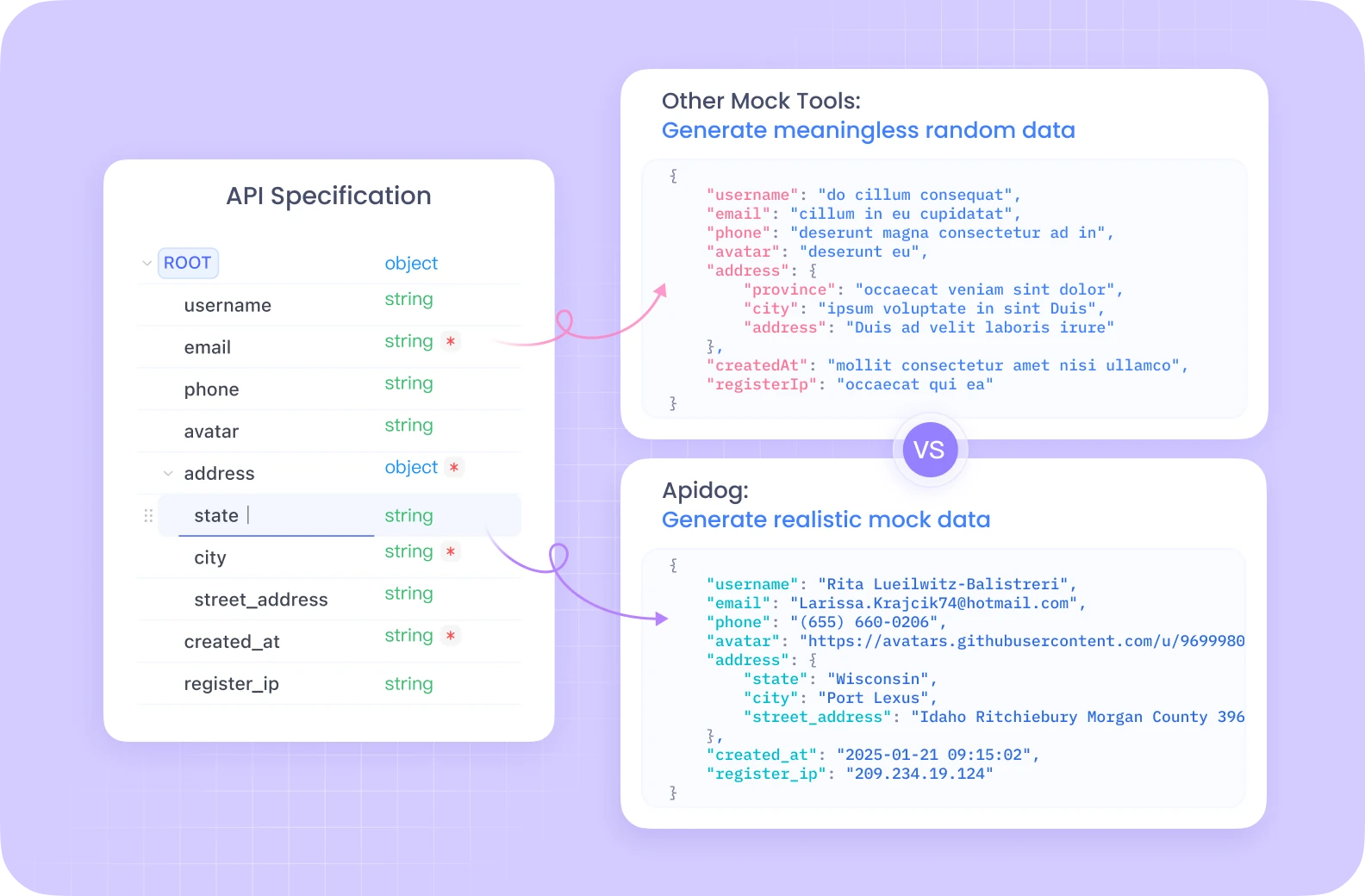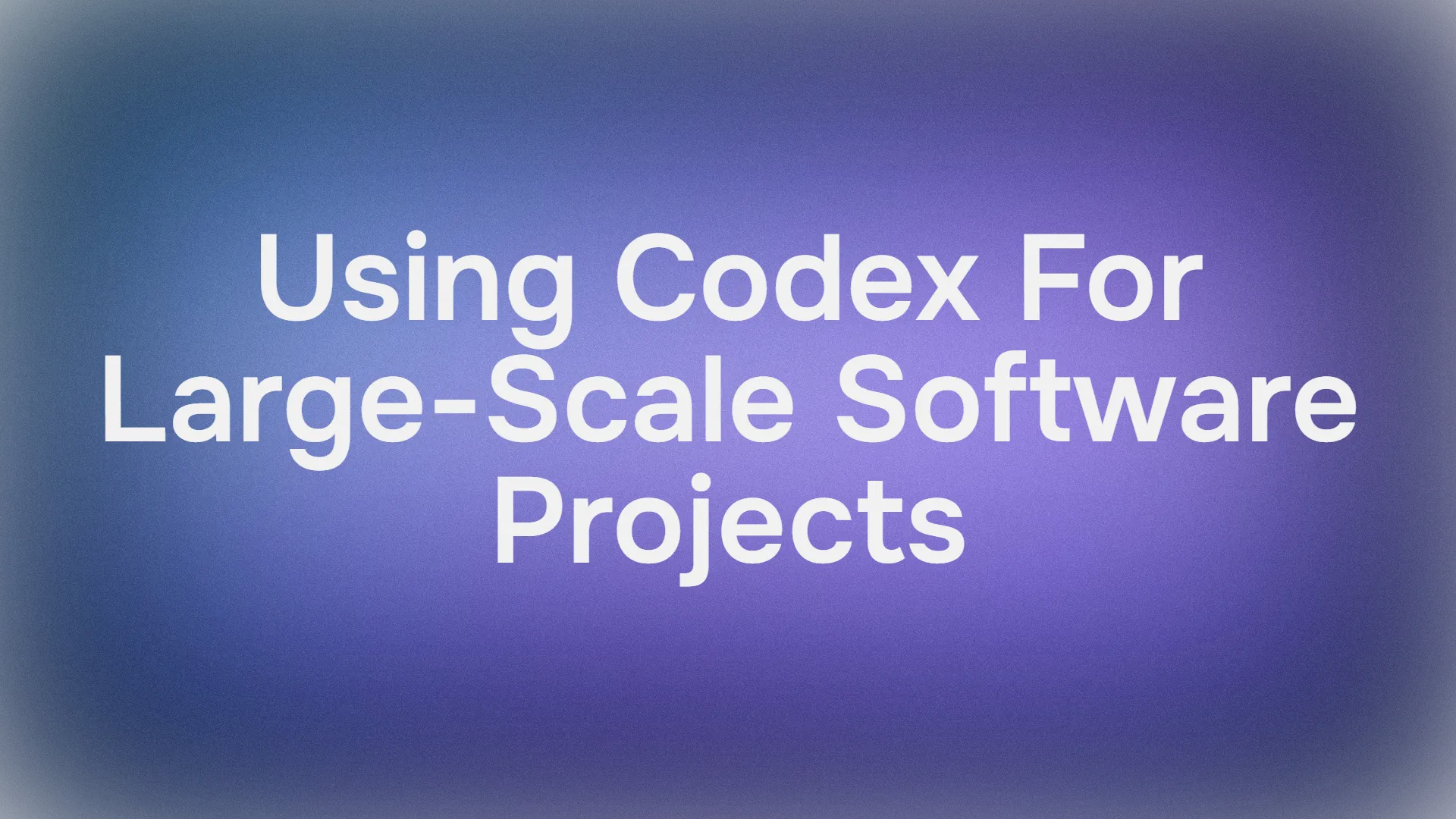Can an AI tool could keep up with the chaos of a massive codebase—think sprawling repositories with thousands of files, complex dependencies, and a team of devs all pulling in different directions? That’s the million-dollar question for Codex, OpenAI’s coding powerhouse. With its upgrade to GPT-5 and GPT-5-Codex models, this AI is no lightweight, boasting a 192,000-token context window and deep integration with tools like GitHub, VS Code, and the Codex CLI. But can you really tackle large-scale software projects with Codex? Spoiler Alert: Yes, it actually can—and it’s a game-changer for everything from bug hunting to code reviews. In this guide, we’ll walk through practical steps to harness Codex for huge dev projects, from syncing with GitHub to automating workflows with CLI and IDEs. We’ll also share real-world use cases to show how Codex shines in big projects, all while keeping things secure and collaborative. Ready to see how Codex can handle your monorepo madness? Let’s dive in!
Want an integrated, All-in-One platform for your Developer Team to work together with maximum productivity?
Apidog delivers all your demands, and replaces Postman at a much more affordable price!
Why Codex is Built for Big Projects
First, let’s unpack why Codex is a heavyweight contender for large-scale software projects. Trained on 159GB of GitHub code plus vast text datasets, Codex doesn’t just write snippets—it groks entire codebases, understanding architecture, dependencies, and even your team’s quirky coding style. Its GPT-5-Codex engine, with 88% accuracy on LiveCodeBench, can analyze 50K+ lines in one go, making it ideal for complex systems. DataCamp’s 2025 benchmarks show that Codex cuts debugging time by 40% and boosts onboarding by 50% through natural language explanations. Whether you’re migrating legacy code or reviewing PRs, Codex for huge dev projects delivers context-aware smarts that scale. Let’s see how you can put it to work.
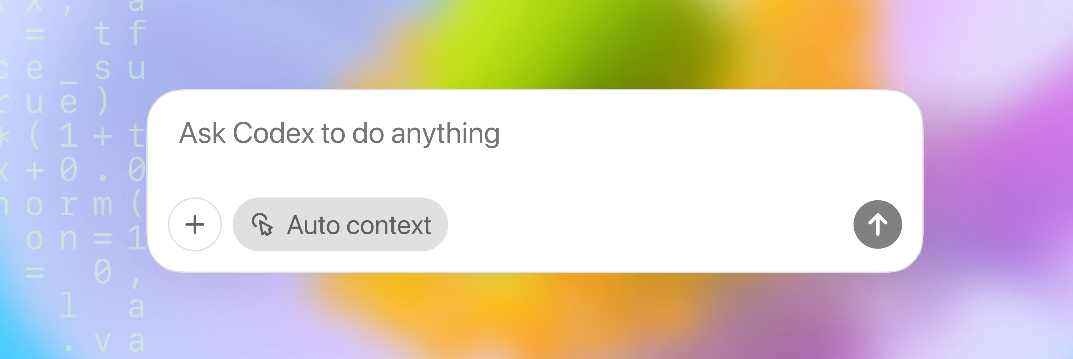
Step 1: Syncing Codex with Your GitHub Repo
The foundation of using Codex for huge dev projects is tying it to your GitHub repo for centralized, cloud-based analysis. Here’s how to set it up:
Create a GitHub Repo: Head to GitHub and create a new repository. On your local machine, initialize Git (if not already done) with git init, then add the remote: git remote add origin https://github.com/your-username/your-repo.git. Commit and push your codebase: git add ., git commit -m "Initial commit", git push -u origin main.
Enable Codex Access: In the ChatGPT web interface (chat.openai.com, Pro plan at $20/month), go to Settings > Integrations and link your GitHub account. Grant Codex access to your repo—private or public—ensuring it can read commits, branches, and PRs.
Analyze and Review: Prompt Codex via ChatGPT: “Explain the architecture of my-repo” or “Review PR #42 for bugs and security issues.” Codex for code review shines here, scanning diffs and dependencies to flag issues like null pointer risks or XSS vulnerabilities, posting comments directly on PRs. It caught 90% of logic errors in a Flask monorepo, per OpenAI’s metrics.
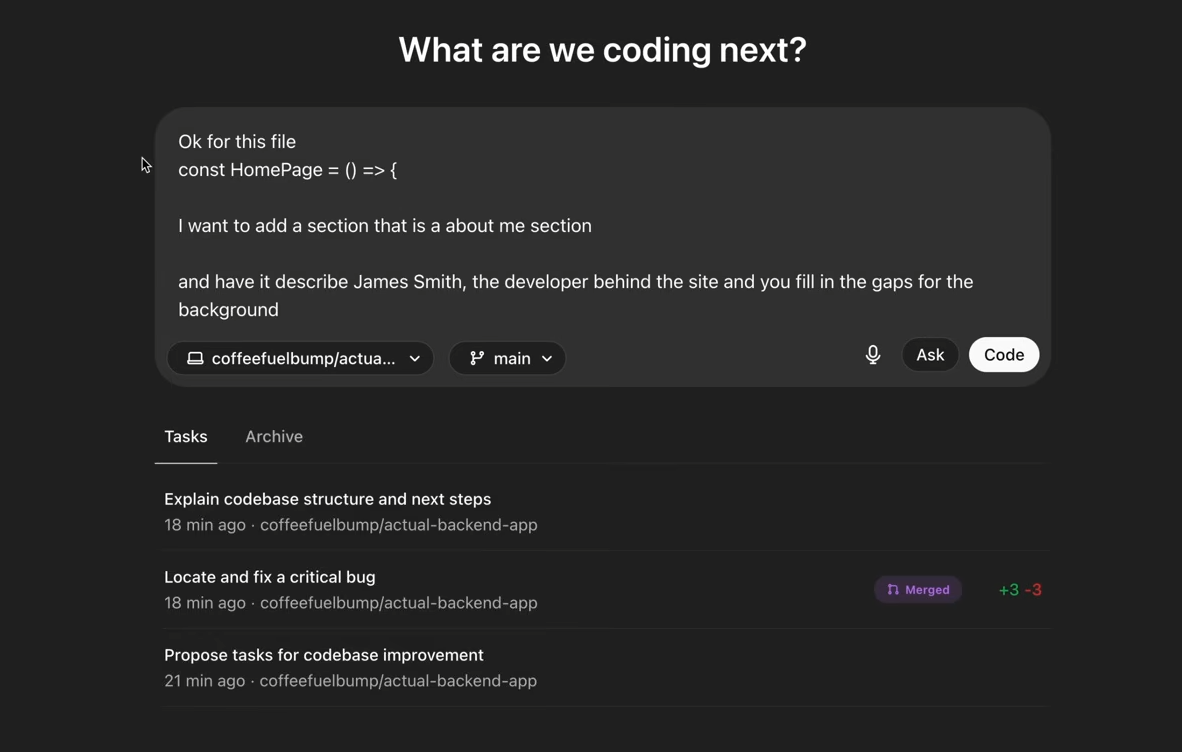
This setup lets Codex dive into your project’s full context—think 100+ files—making it a powerhouse for large-scale software projects with Codex.
Step 2: Using the Codex CLI for Local Power
For hands-on devs, the Codex CLI is your go-to for local, offline work in large-scale software projects with Codex. Here’s how to get rolling:
Install the CLI: Run npm install -g @openai/codex (Node.js required). Authenticate with codex login --api-key YOUR_API_KEY from platform.openai.com. Navigate to your project: cd /path/to/your/project.
Local Code Actions: Use commands like codex explain src/main.py to break down complex modules in plain English, or codex review src/auth.py to spot bugs like race conditions. For refactoring, try codex refactor --file src/utils.py --function fetchData—it suggests cleaner, optimized code. Codex’s file search reads your entire workspace, ensuring context-aware fixes.
Automate Tasks: Generate boilerplate or tests with codex generate --file src/tests.py --function test_auth --framework pytest. This cuts test-writing time by 60%, per DataCamp, ideal for sprawling projects.
The CLI’s local file access means zero latency from cloud sync, and its sandboxed execution keeps sensitive code secure—perfect for Codex for huge dev projects.
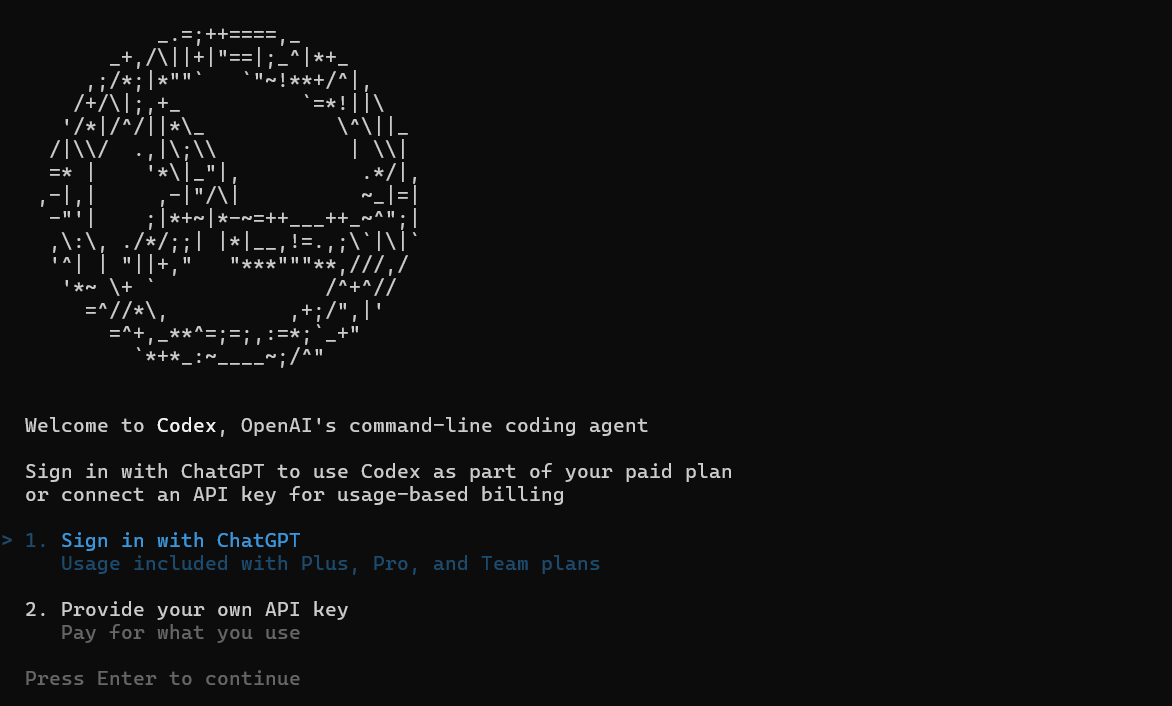
Step 3: Integrating Codex with VS Code or Cursor
For a seamless coding experience, plug Codex into your IDE to integrate Codex with your development workflow:
VS Code Extension: Install the Codex extension from the VS Code Marketplace. Open your project, select code, and right-click for options like “Explain with Codex” or “Review with Codex.” Prompt “Find bugs in this module” in the sidebar, and Codex for code review highlights issues like memory leaks, suggesting fixes inline. Accept changes with one click, boosting productivity by 50%.
Cursor Integration: Cursor’s AI-first editor takes Codex to the next level. Connect your repo (local or GitHub) and use its conversational UI to ask: “Navigate my repo and explain the data layer.” Codex maps multi-file relationships; reviews code across modules and even automates multi-step tasks like “Refactor this service and update tests.” Its project-wide context is a lifesaver for mono-repos.
Both tools leverage Codex’s file search to grok 10K+ lines, making large-scale software projects with Codex feel manageable.
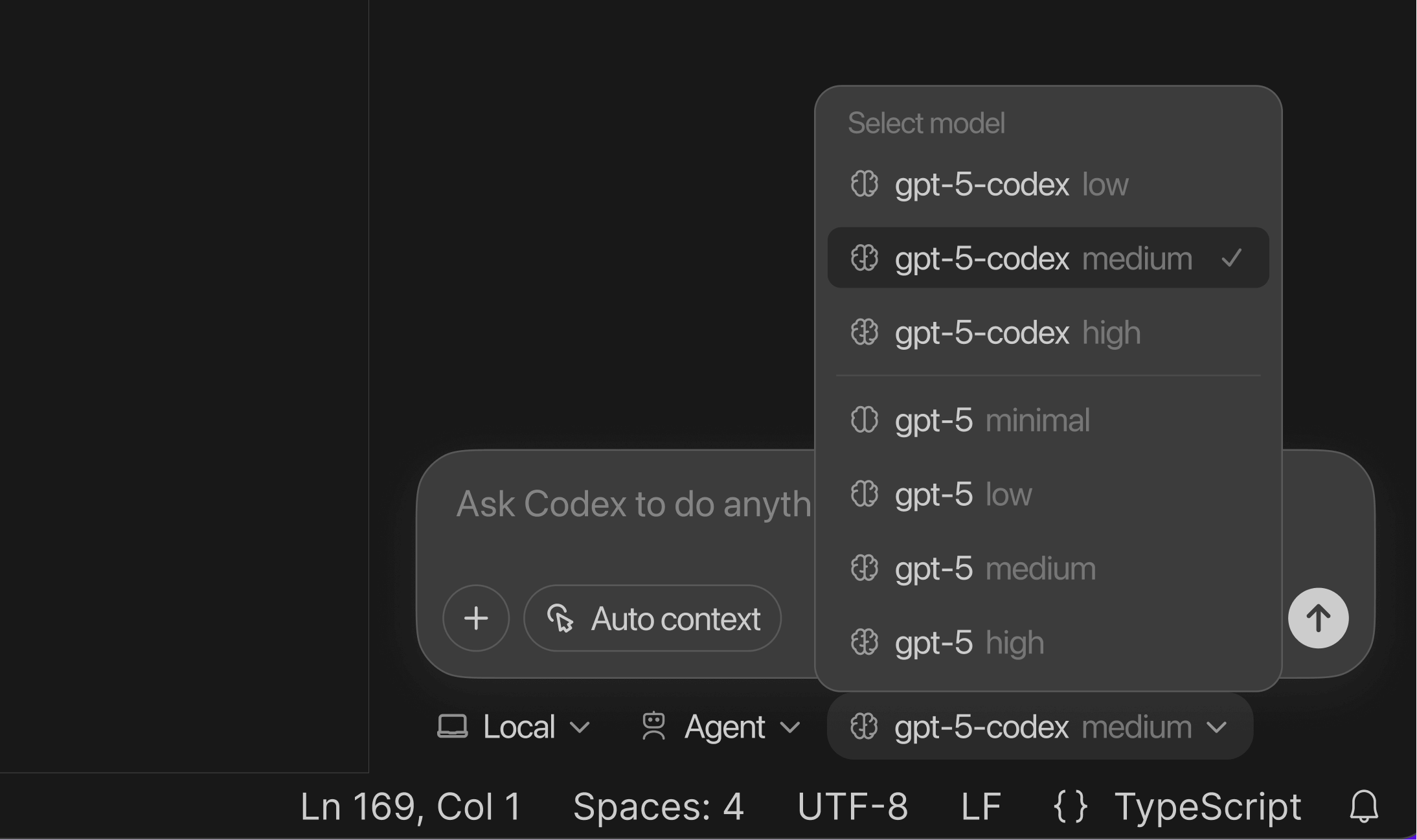
Advantages of Using Codex for Big Projects
Why bet on Codex for huge dev projects? Here’s the payoff:
- Deep Context: File search and reading let Codex understand dependencies, tests, and configs, catching 85% of subtle bugs humans miss.
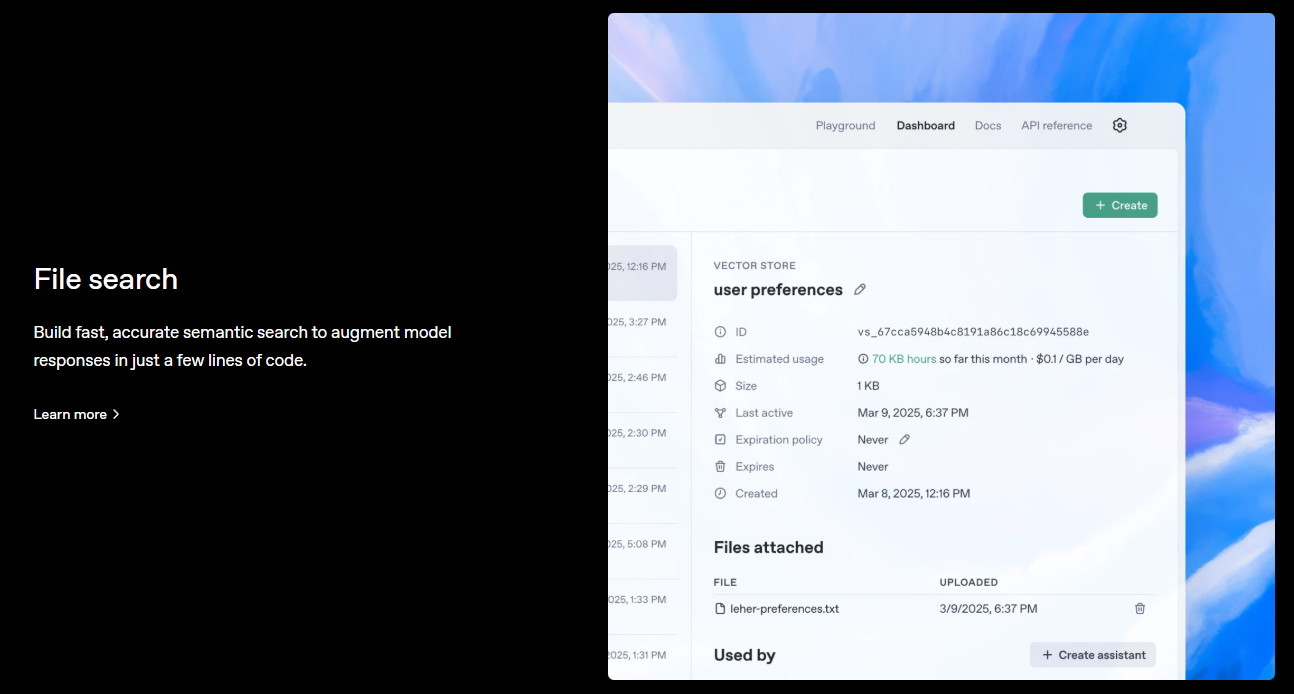
- Automation: From test generation to PR comments, Codex automates repetitive tasks, freeing devs for high-value work.
- Onboarding Boost: Explaining complex modules in plain English cuts ramp-up time for newbies by 50%.
- Security: Local CLI and sandboxed execution keep sensitive code safe, with Enterprise plans ($25/user/month) adding audit trails.
- Collaboration: GitHub integration enables team-wide PR reviews, with Codex for code review posting actionable feedback.
OpenAI’s docs note 70% faster review cycles when Codex pre-screens PRs, making it a force multiplier for big teams.
Practical Tips for Success
To maximize Codex in big projects:
- Use AGENTS.md: Define conventions (e.g., “Use TypeScript, 90% test coverage”) to align outputs. Prompt: “Follow AGENTS.md for all tasks.”
- Chunk Tasks: Break massive jobs into smaller prompts (e.g., “Review auth module” then “Optimize DB queries”) to stay within token limits (192K).
- Hybrid Reviews: Pair Codex for code review with human oversight for architectural decisions.
- Monitor Usage: Pro plan gives 300-1,500 messages/5 hours; API mode ($0.015/1K tokens) bypasses caps for heavy lifts.
Conclusion: Can Codex Handle Large-Scale Software Projects?
So, can Codex handle large-scale software projects with Codex? Absolutely, and it does so with flair! By syncing with GitHub for repo-wide insights, leveraging the CLI for local speed, and integrating with VS Code or Cursor for seamless coding, Codex tackles the complexity of massive codebases like a pro. Its file search and context awareness make it a beast for bug detection, refactoring, and Codex for code review, while automation streamlines tests and onboarding. With a hybrid human-AI approach, Codex for huge dev projects boosts quality and cuts time (about 40% faster workflows). Start small with a single PR review, scale to full automation, and watch Codex become your team’s MVP. Got a big project? Codex has your back—try it and share your wins!
